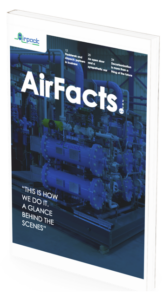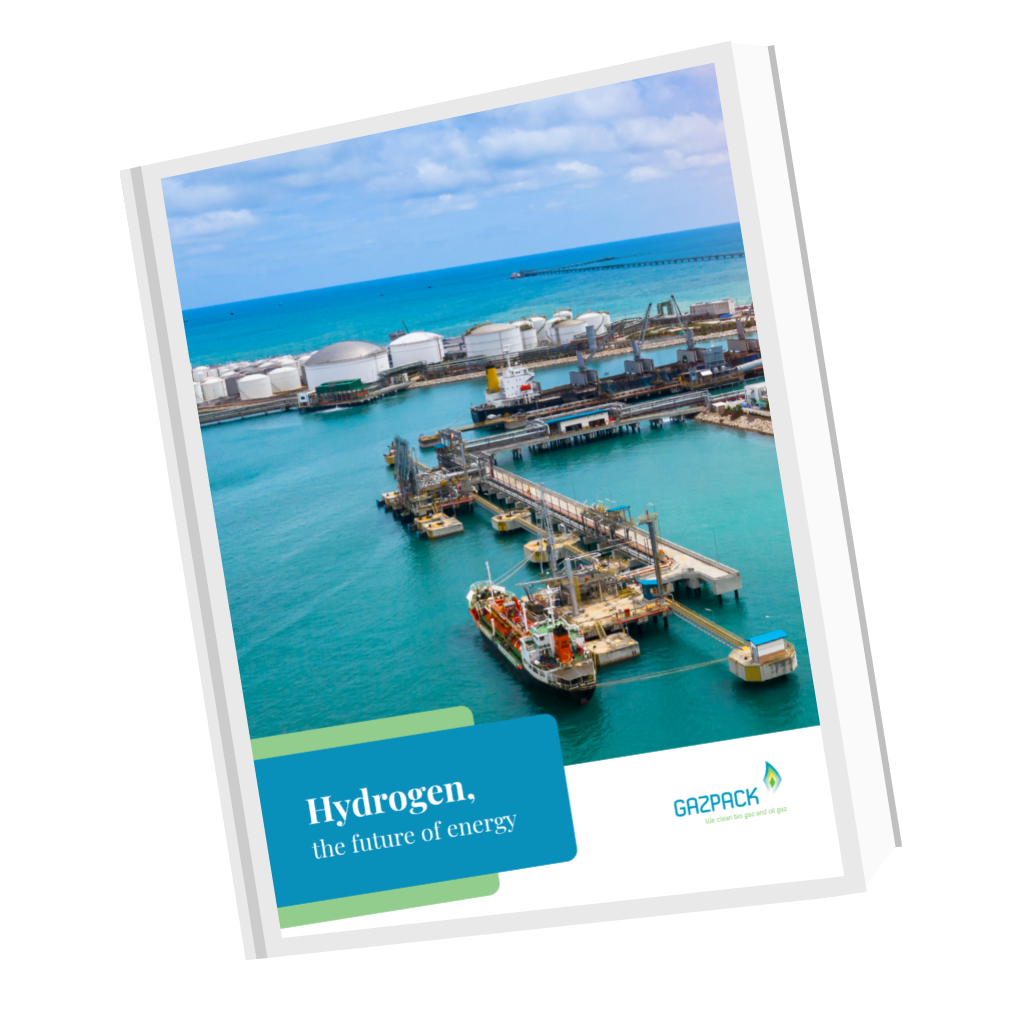Methane Slip Reduction (Methane Reduction)
Looking to explore the world of biogas processing and handling solutions? Get instant access to our documents about biogas technology.
From aboard ship or transport vessel; out of lengthy pipelines and conduits; and where storage tanks sit, methane (CH4) can escape its confines and seep into the atmosphere. This is problematic from an ecological standpoint: although CH4 is much less abundant than carbon dioxide (CO2) and other greenhouse gases (GHGs) that contribute to the warming of the planet, methane packs an environmental punch that is proving to be damaging. So, even modest amounts of this gas have an adverse impact on climate change, making methane slip reduction imperative.
In comparison with oil or coal, natural gas is more acceptable given its lesser effect on global temperature disruption. Nevertheless, it still supplies enough harm in methane as to earn a place among the most damaging GHGs emitted by industry, transport vehicles and farms. In fact, the United Nations environmental organ declares methane emissions 80 times more potent at warming than carbon dioxide. How, then, is CH4 getting out and how can businesses achieve methane slip reduction?
How Does Methane Slip Happen?
The path to methane slip reduction begins with causation. The Intergovernmental Panel on Climate Change determined in 2021 that CH4 slip results from three factors:
- Scavenger leaking — This happens when a mix of air and methane flow directly into the exhaust because the exhaust valve is late in closing during gas injection. Hence, the CH4 is expelled prior to combustion.
- Incomplete combustion — Sometimes, a perfect storm of low pressure and low temperature lead to the combustion flame being snuffed out. The remaining methane is subject to slip because the extinguishing occurs at the coldest section of the fuel chamber.
- Combustion chamber crevices — Stagnant gas can form in crevices in the combustion chamber. The volume of this methane gets trapped and untouched by the flame. These crevices are responsible for up to half of the instances of methane slip.
While other factors may contribute to CH4 slip, these three are the most common. Methane slip reduction must take them into account.
Effects of Escaped Methane on the Environment
Why exactly are the UN and other international groups so concerned about methane slip reduction? While CO2 is often the most derided villain with regard to heat trapping, molecule for molecule, methane is more effective at ensnaring heat within the atmosphere. Yes, carbon dioxide lives much longer and is much more abundant but CH4 remains more climatically disruptive nonetheless. This makes methane slip reduction all the more necessary.
The U.S. National Aeronautics and Space Administration (NASA) is capable of tracking methane presence by means of various technologies:
- Airborne Visible InfraRed Imaging Spectrometer – Next Generation, or AVIRIS-NG, is affixed ro airplanes and quantifies light that the earth’s surface reflects. From the wavelengths, this instrument can evaluate the amount of greenhouse gases present in the atmosphere.
- Earth Surface Mineral Dust Source Investigation, or EMIT, is attached to the International Space Station, is a satellite device that — in addition to monitoring dust storms — can evaluate methane presence as well.
- Arctic Boreal and Vulnerability Experiment, or ABoVE, tracks methane releases that have primarily a natural genesis, like the melting of permafrost in the Arctic regions.
These measuring efforts are important since methane reduction, even methane slip reduction, must begin with hard evidence of where CH4 levels are to begin with.
Knowing how much methane is in the atmosphere, what do researchers observe the gas doing? Noted above is the CH4 contribution to global warming. Yet also known is its transitory presence compared to CO2. Here is the lesser-known fact: when methane departs our atmosphere through oxidization, it forms water vapor — and CO2, the greenhouse gas that stays for decades. Additionally, methane forms ozone and diminishes the overall air quality. This has health implications for plants, animals and human beings. Finally, CH4 offsets hydroxyl radicals (OH) — oxygen-like molecules that help to purify the atmosphere. Clearly, human efforts like methane slip reduction are necessary for atmospheric health.
What Measures Aid in Methane Slip Reduction?
A number of private and public research institutions are addressing the issue of CH4 slip. One such project is developing a new combustion model that increases “lean burn,” that is a higher air to fuel ratio in natural gas engines. As engines stand now, intake air and fuel are pre-mixed to attain an effective combustion. At the same time, however, this pre-mix is a factor in CH4 slip. The new model would isolate the natural gas in a separate chamber until the point of combustion. The desired result: a 90 percent methane slip reduction.
Another idea looks to improve methane flaring. The purpose of flares is to get rid of waste gases in a safe and regulated manner. Utilizing chemical plasma, this proposed system will target ignition and flame security. The plasma receives power from a solar battery, keeping energy costs low. The bottom line of all of this is an expected elimination of up to 72 percent of CH4 3missions from flares.
These are two of multiple efforts in the mission of methane slip reduction. Others center on pipeline compressor stations and coal mine ventilation. Uniting all is the goal of methane slip reduction.




